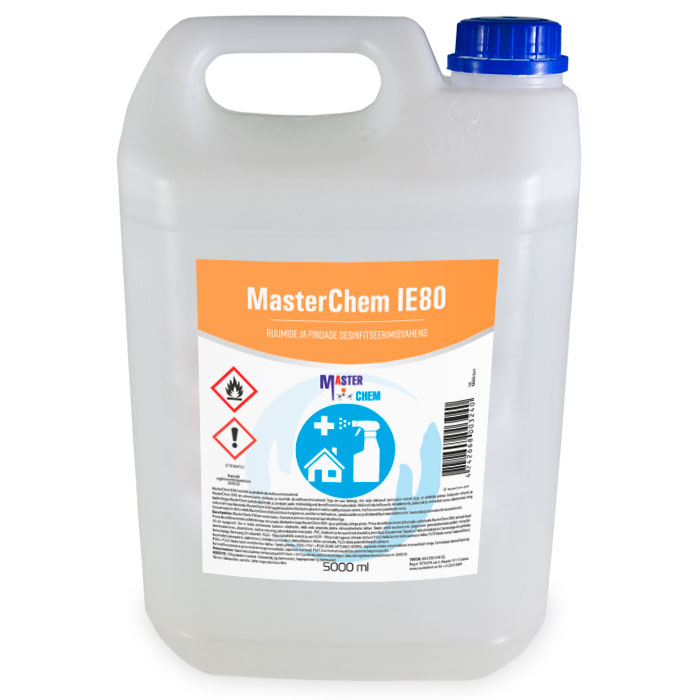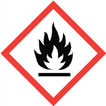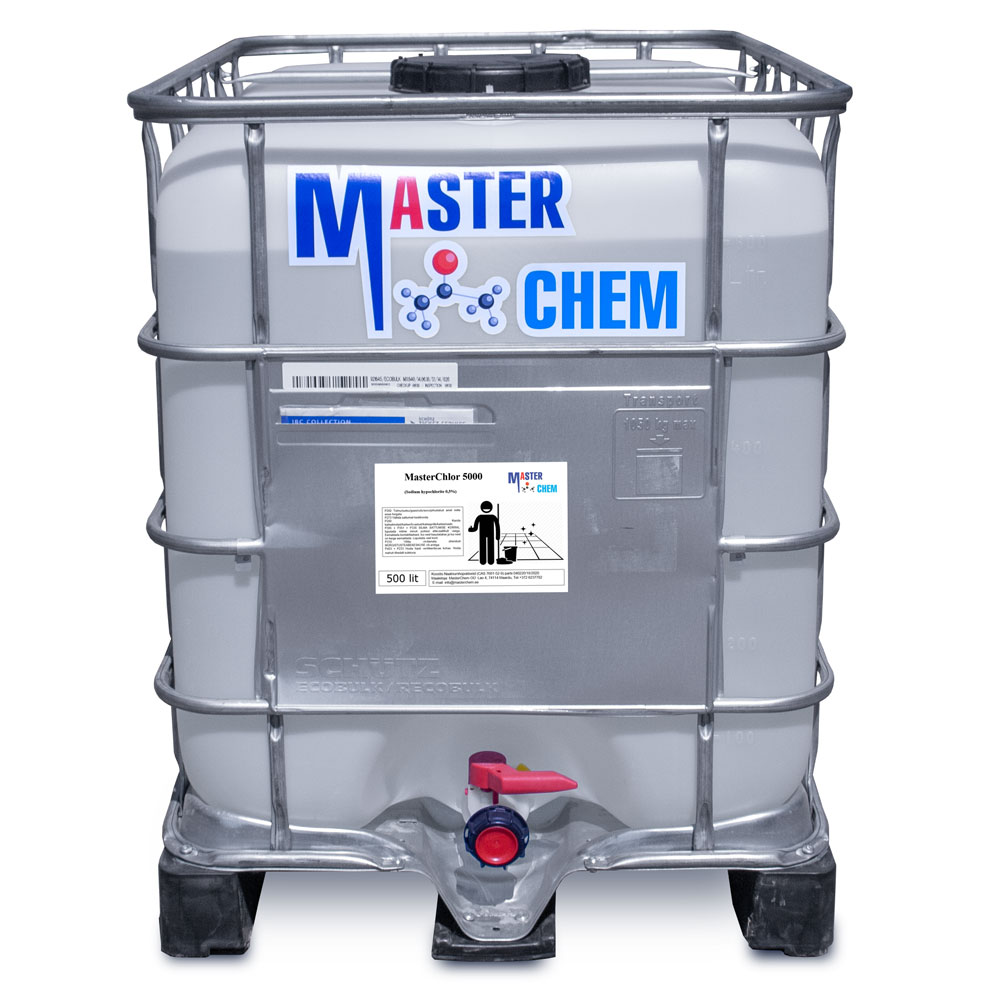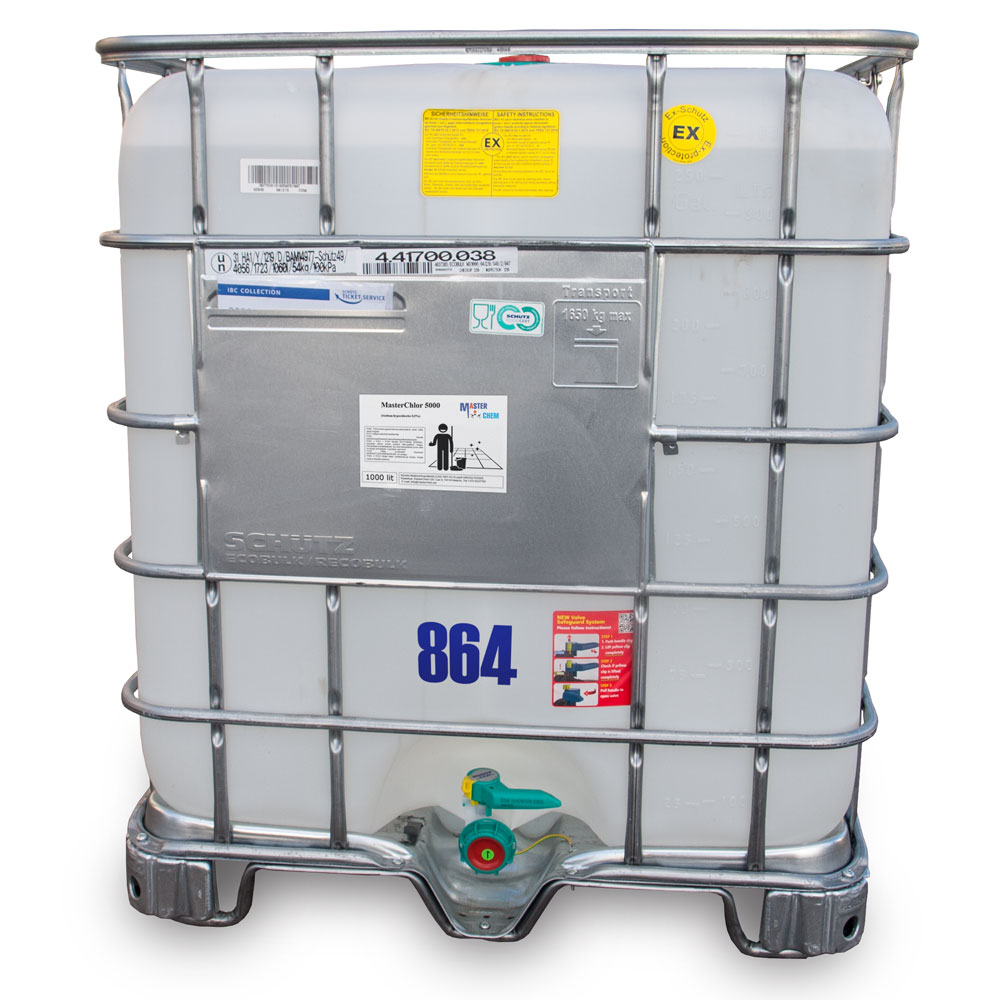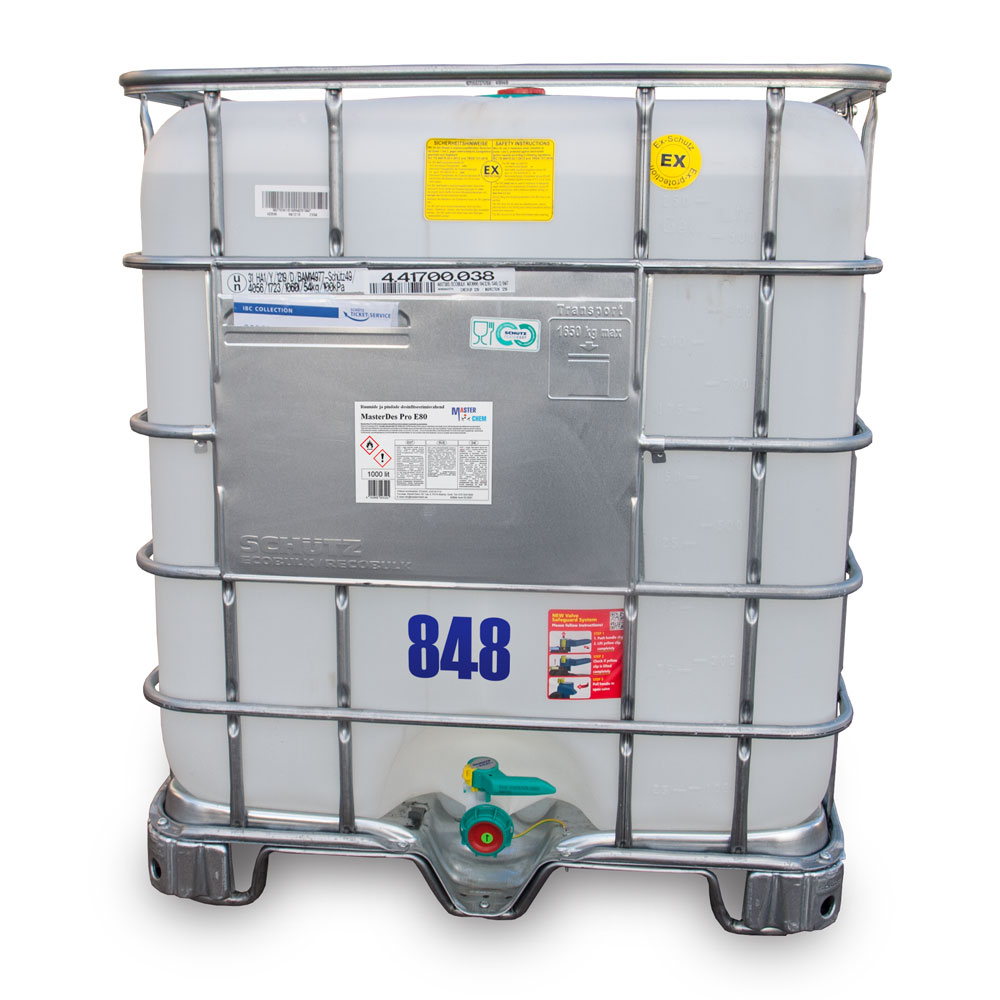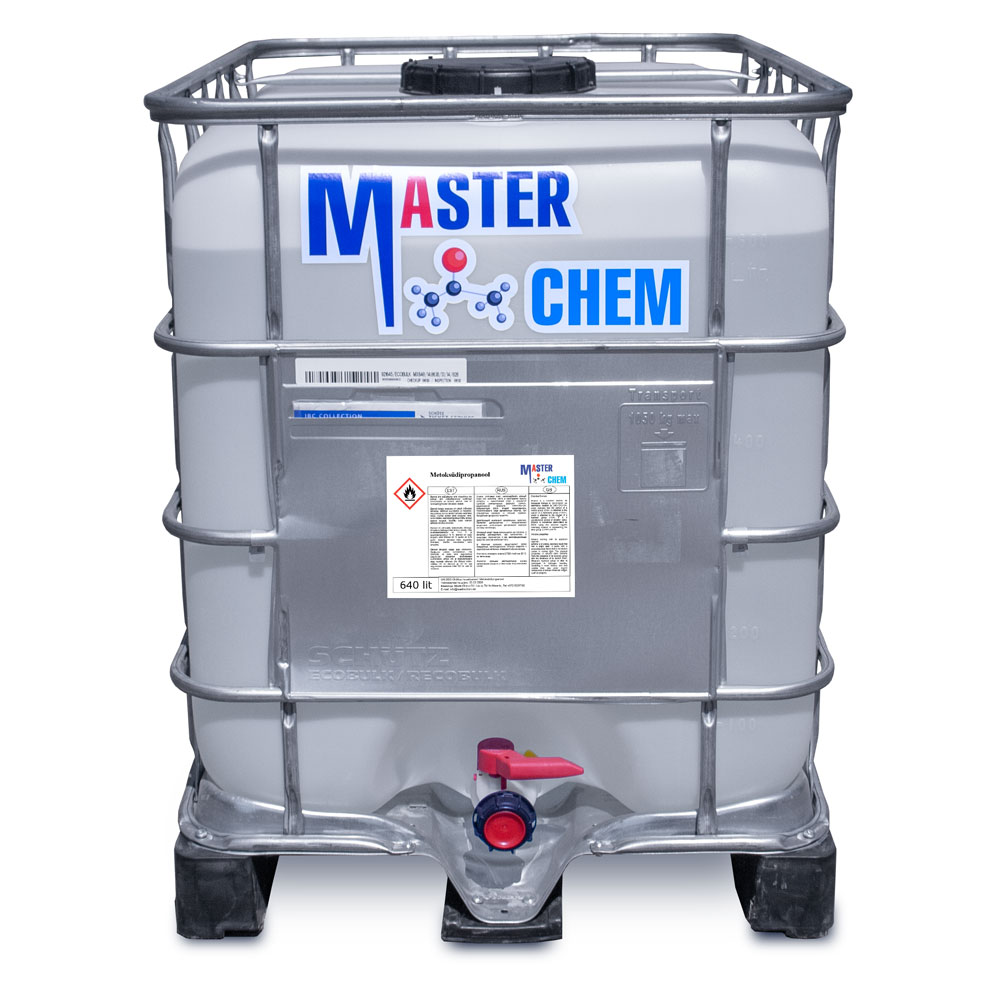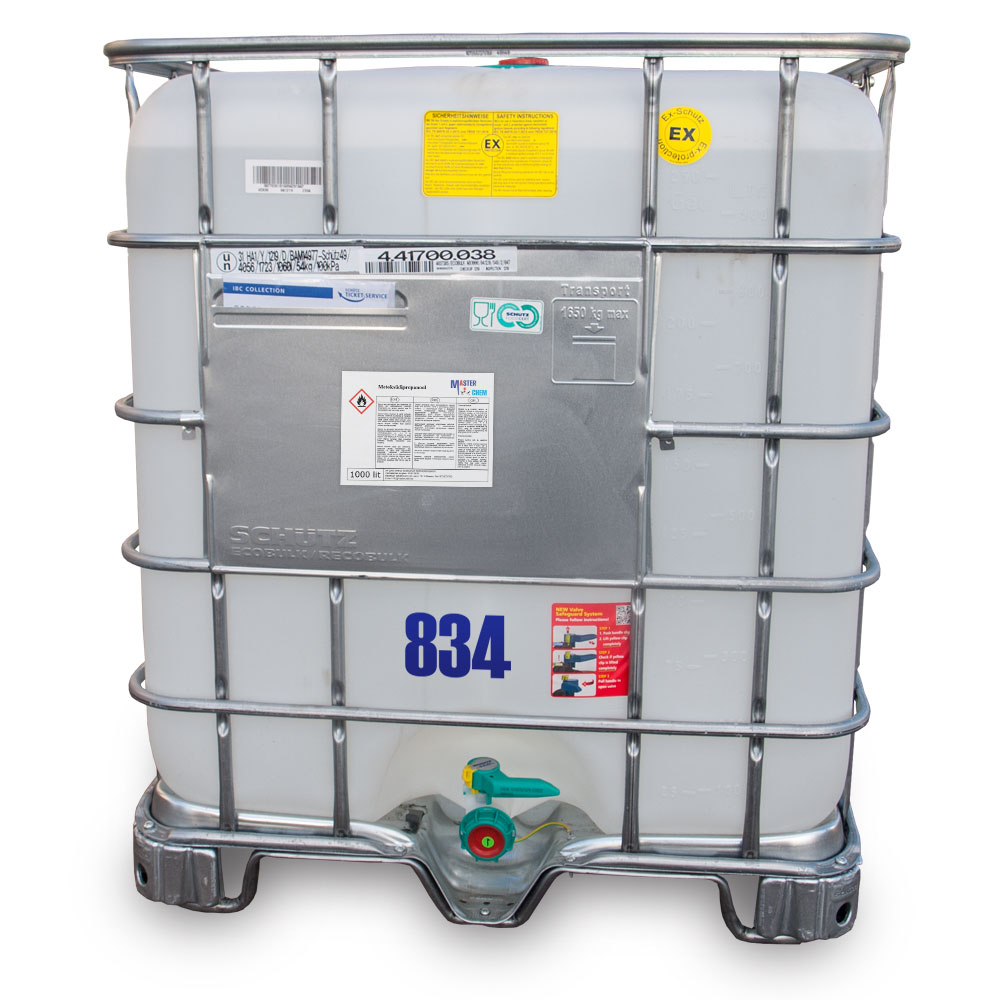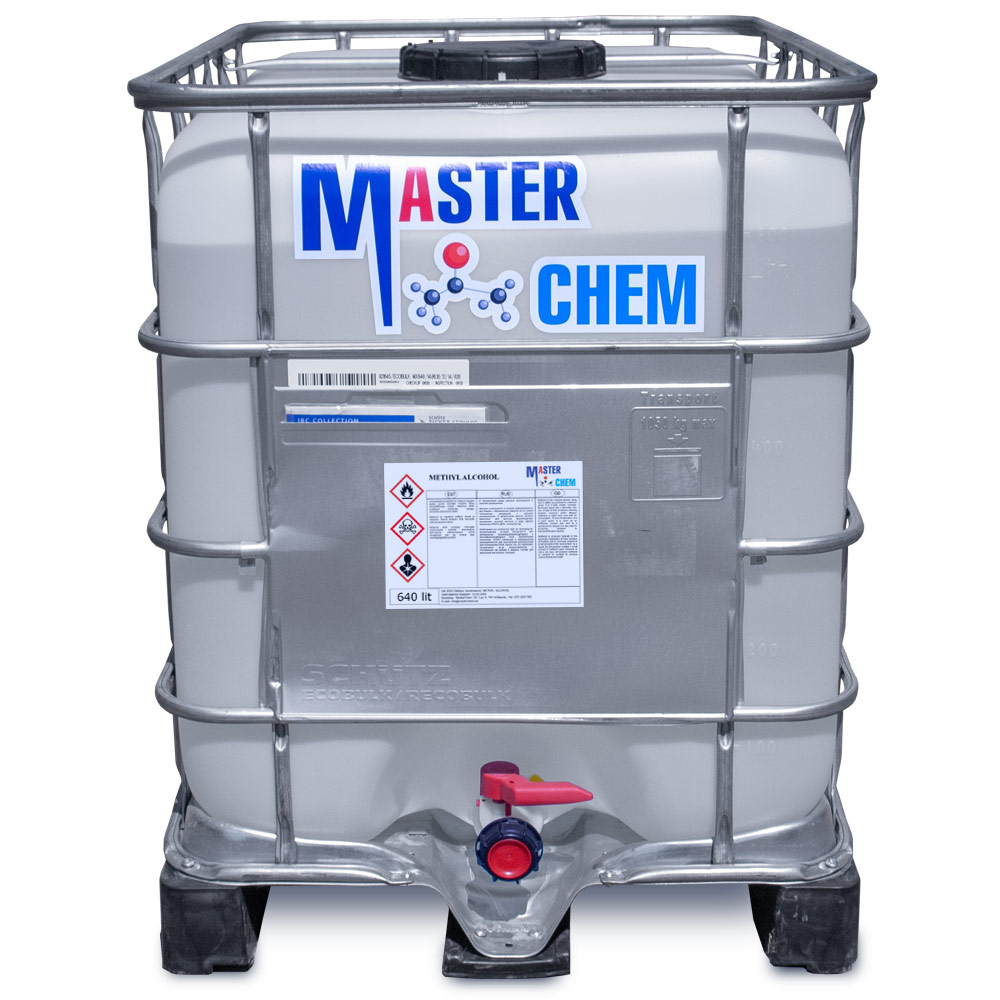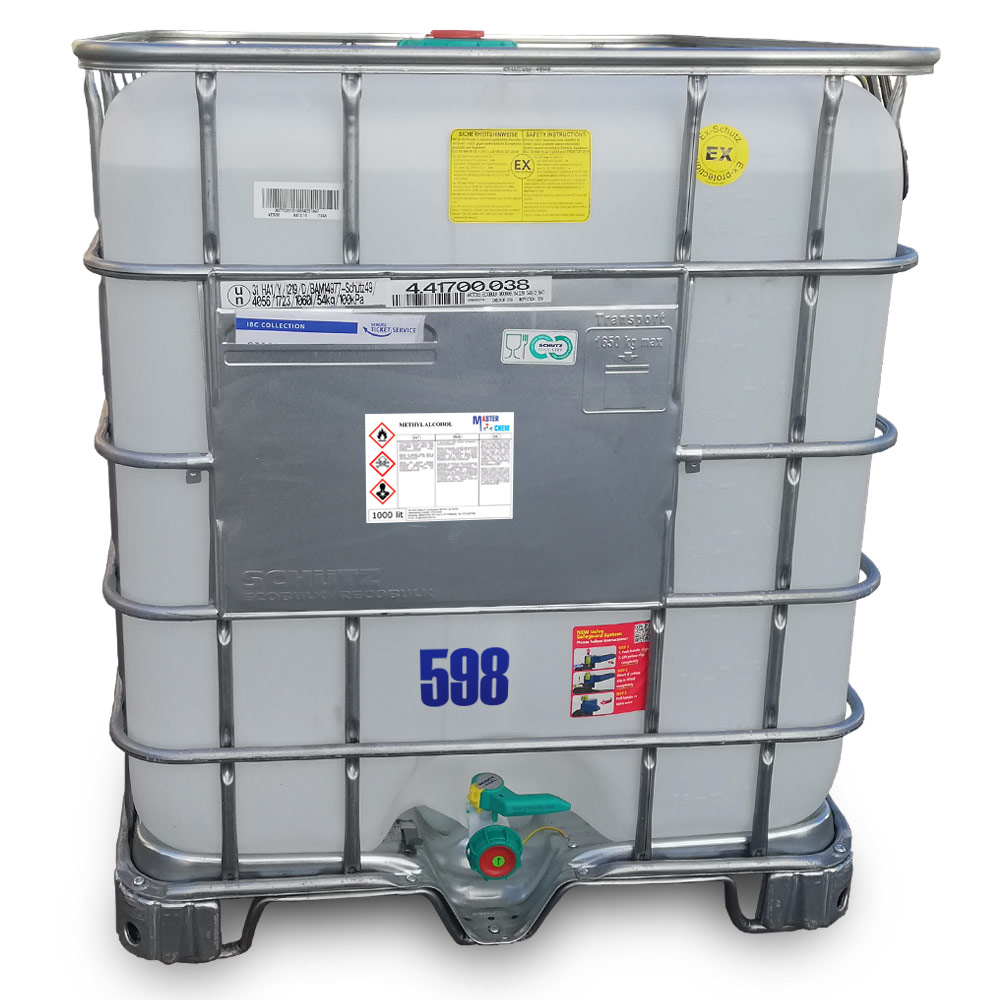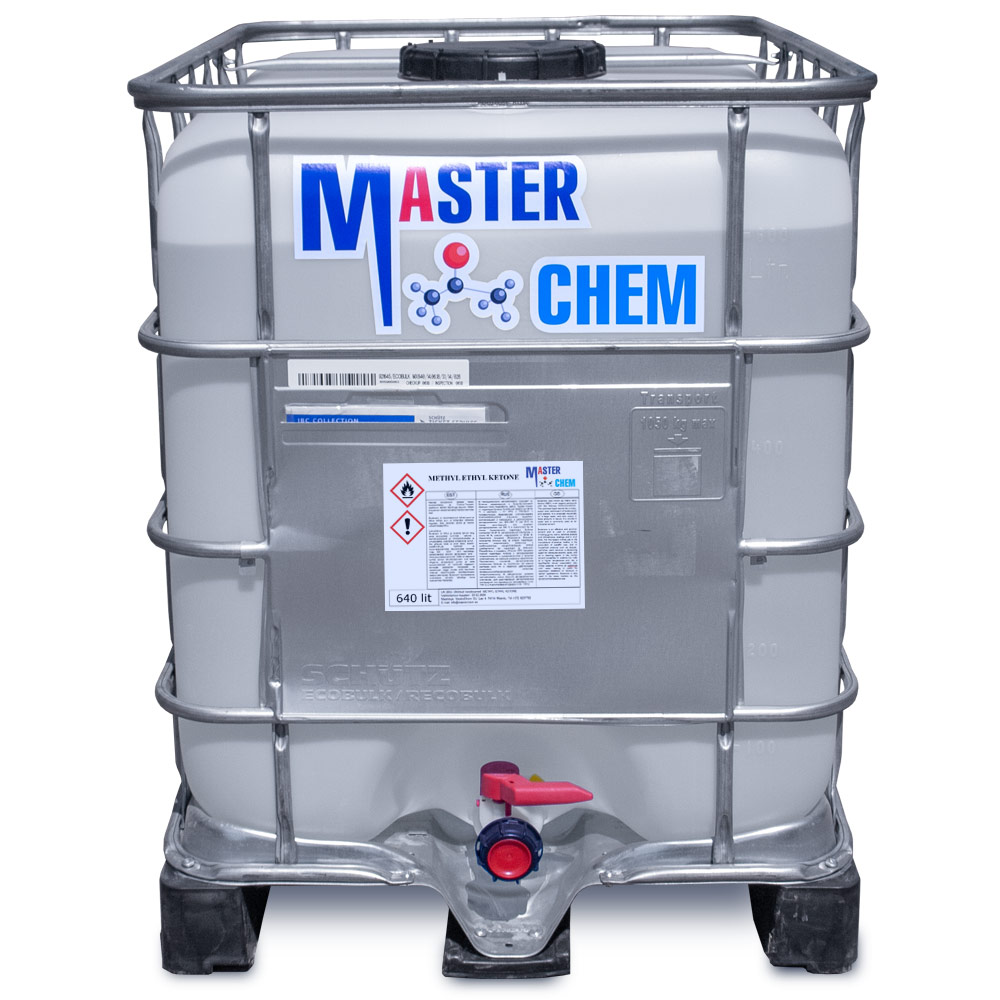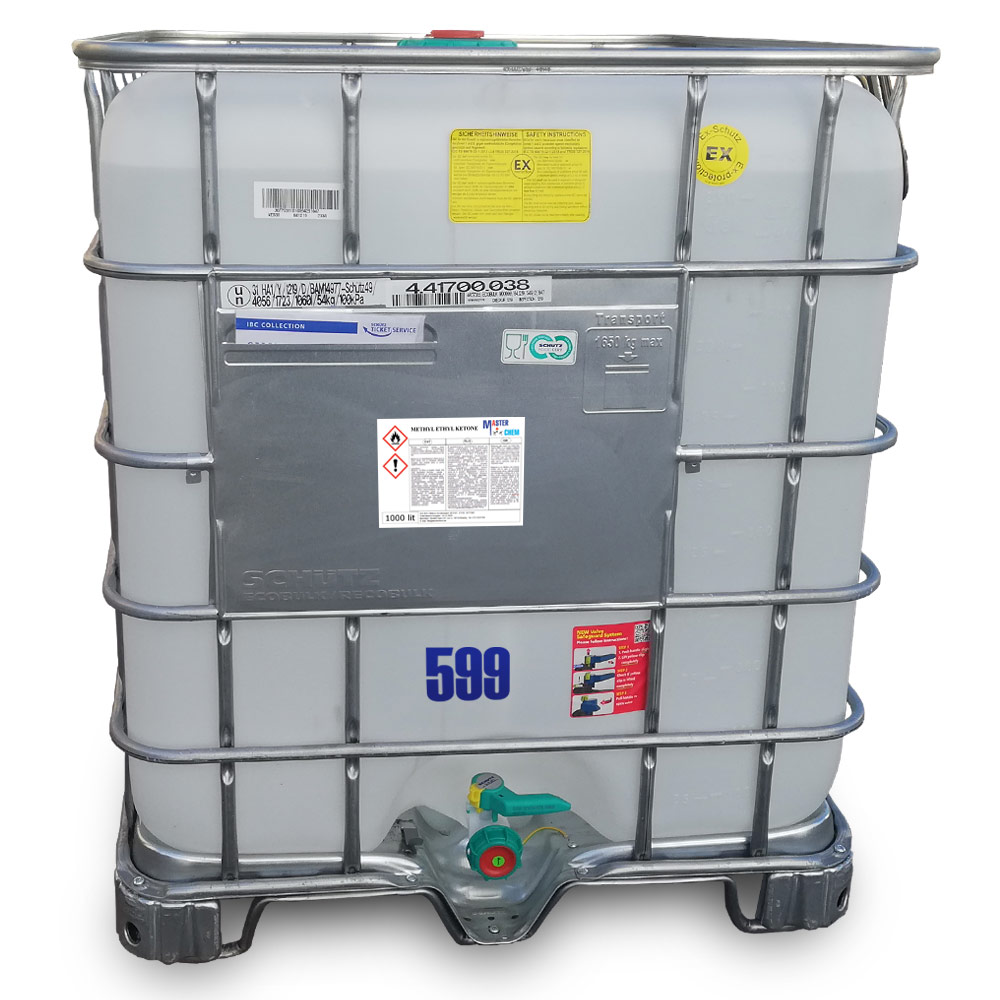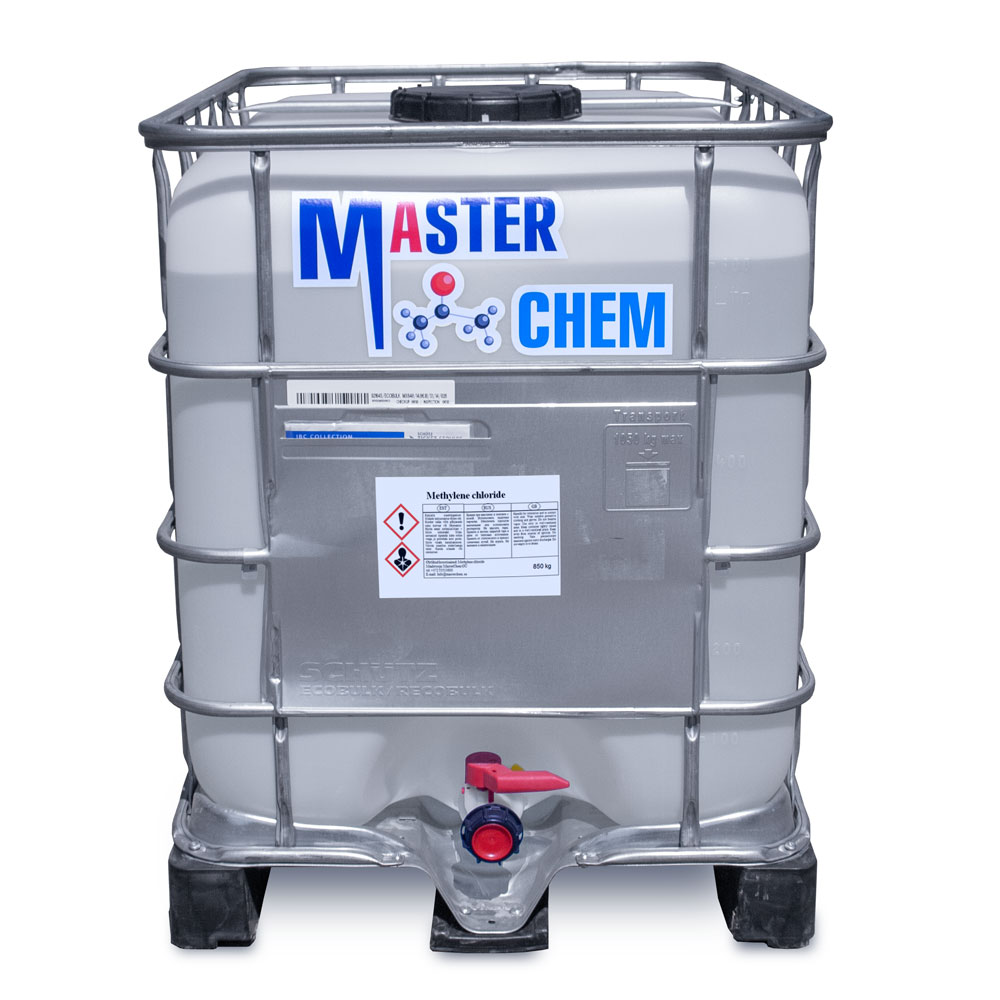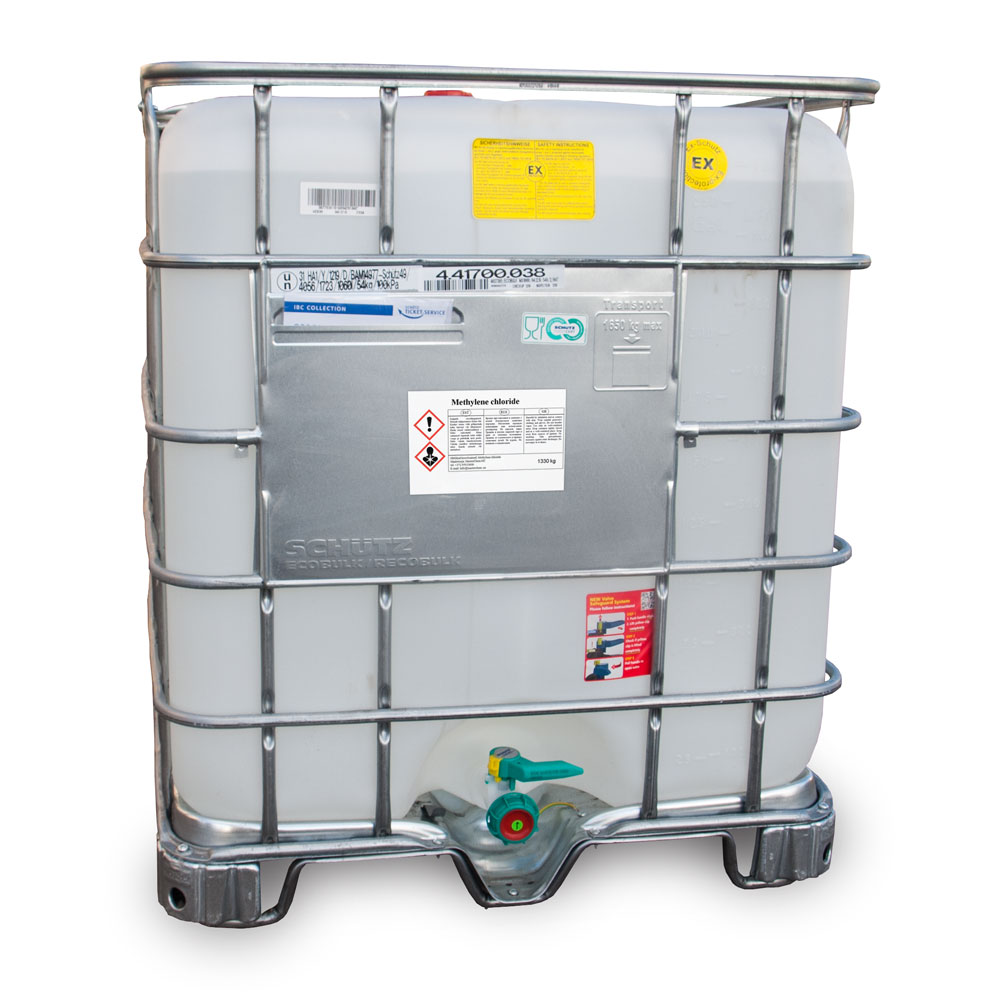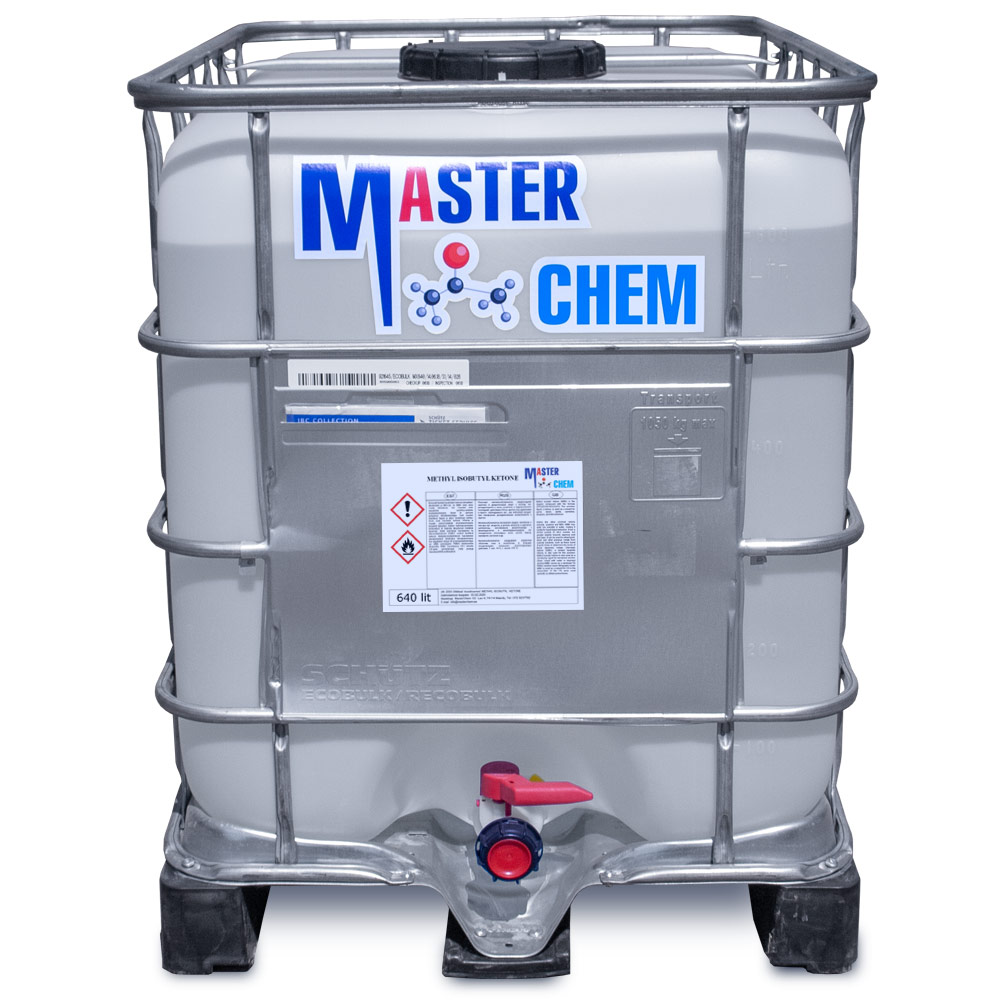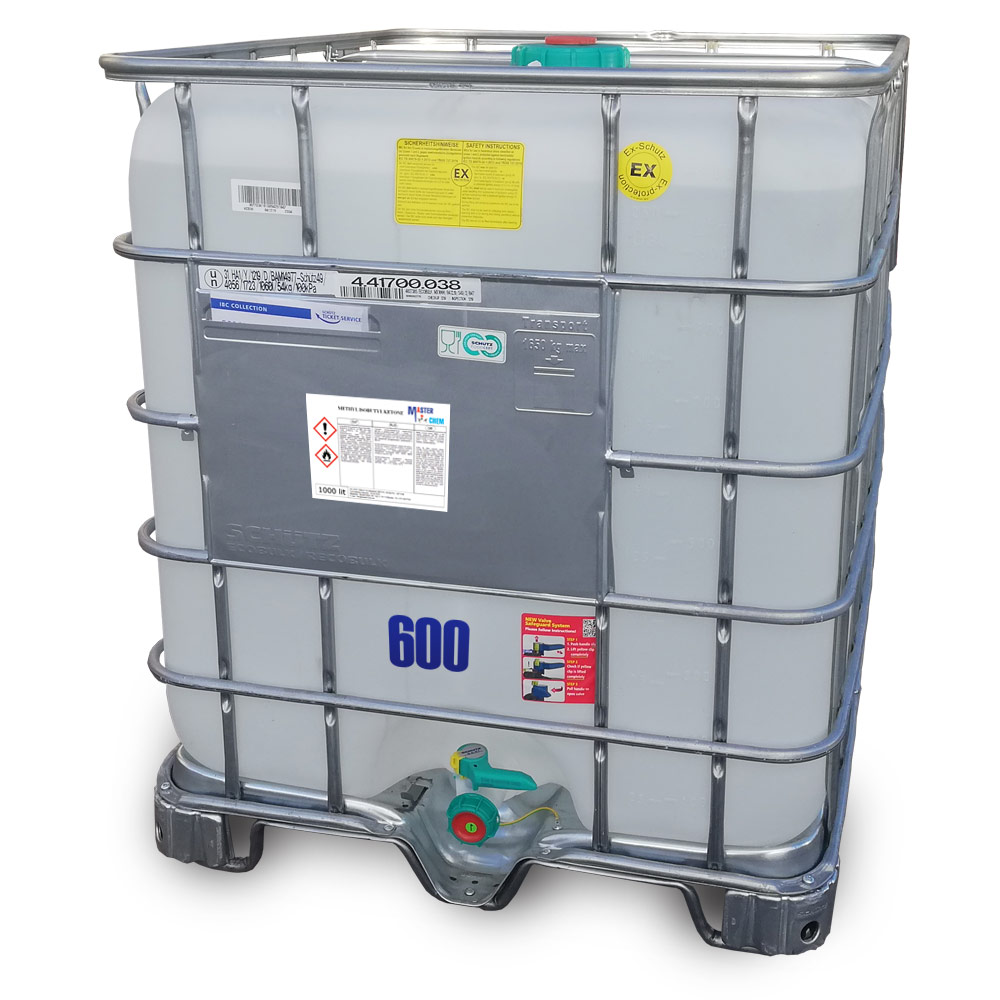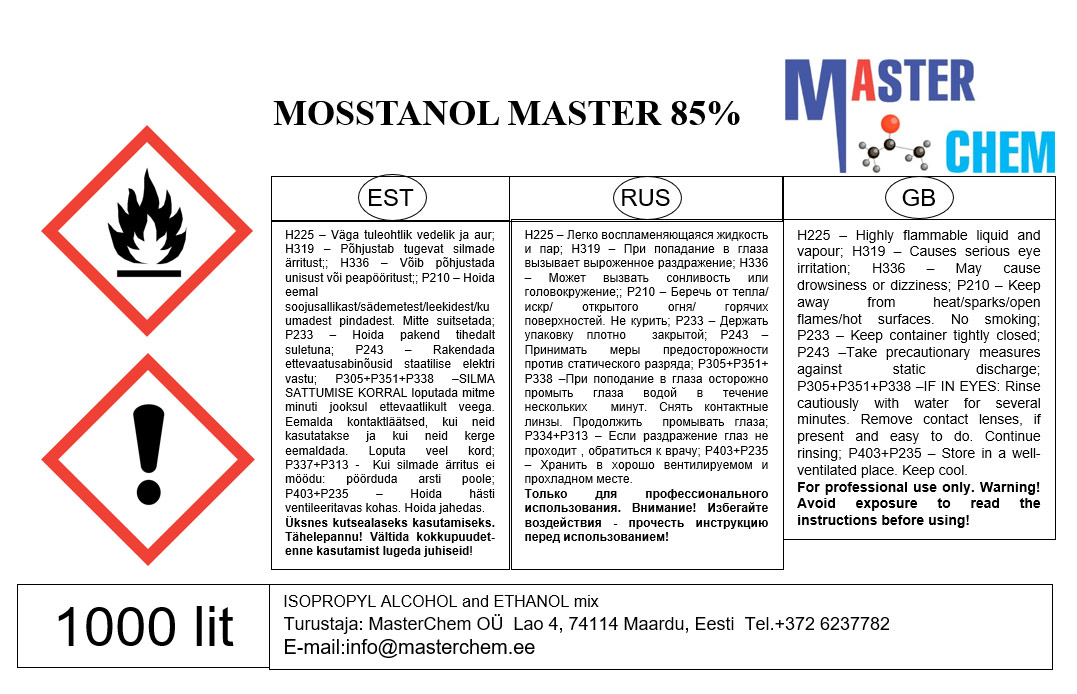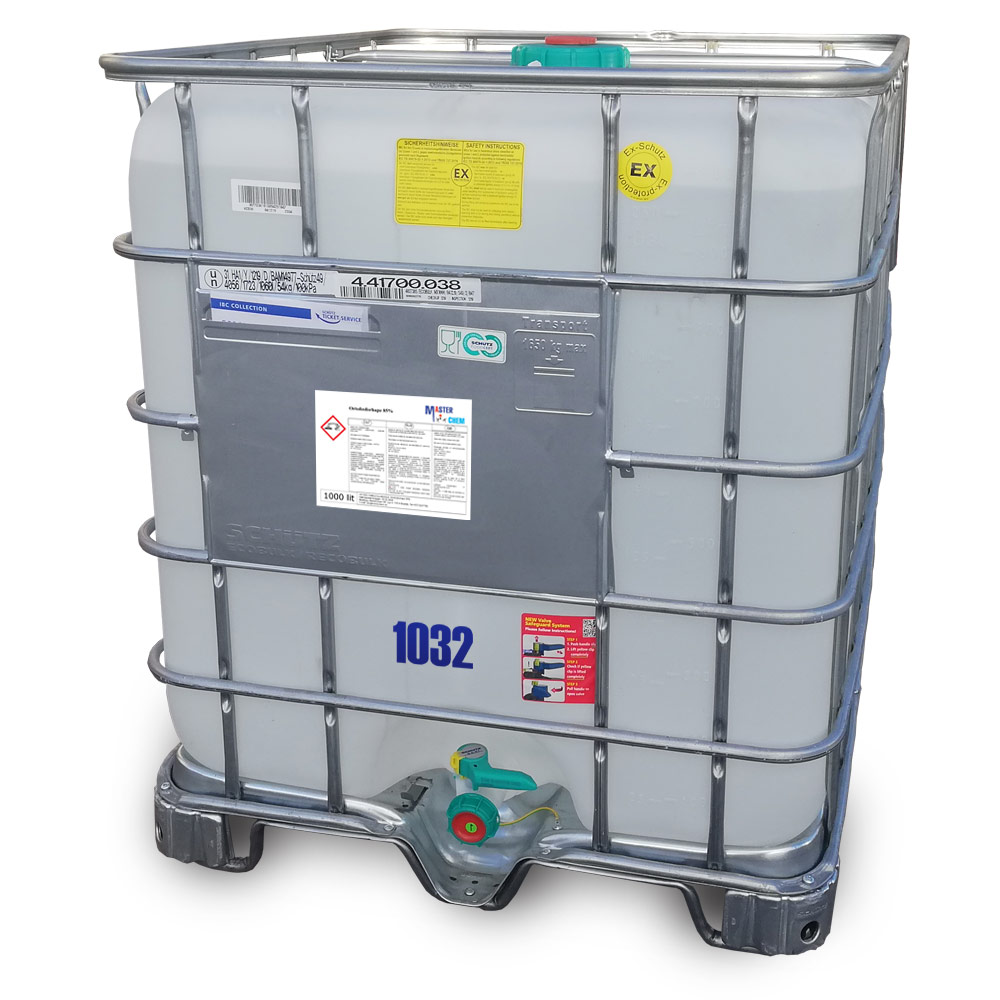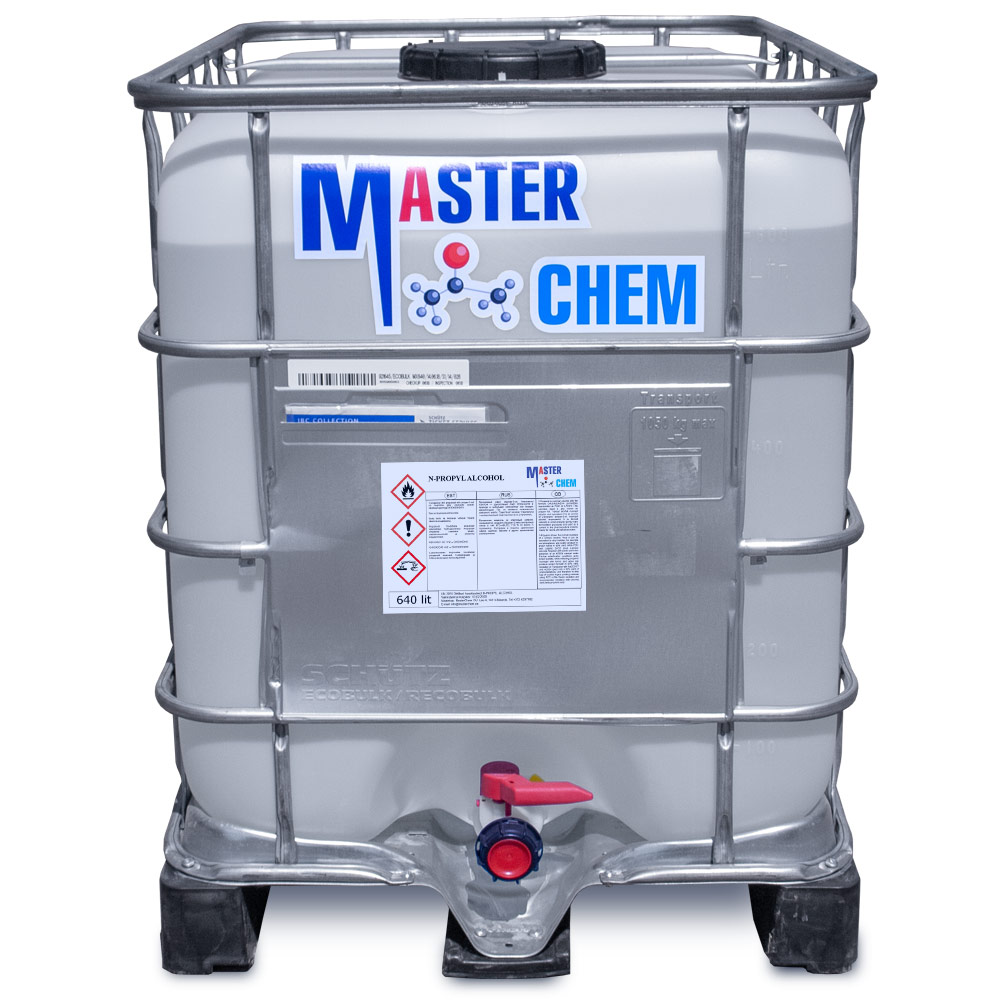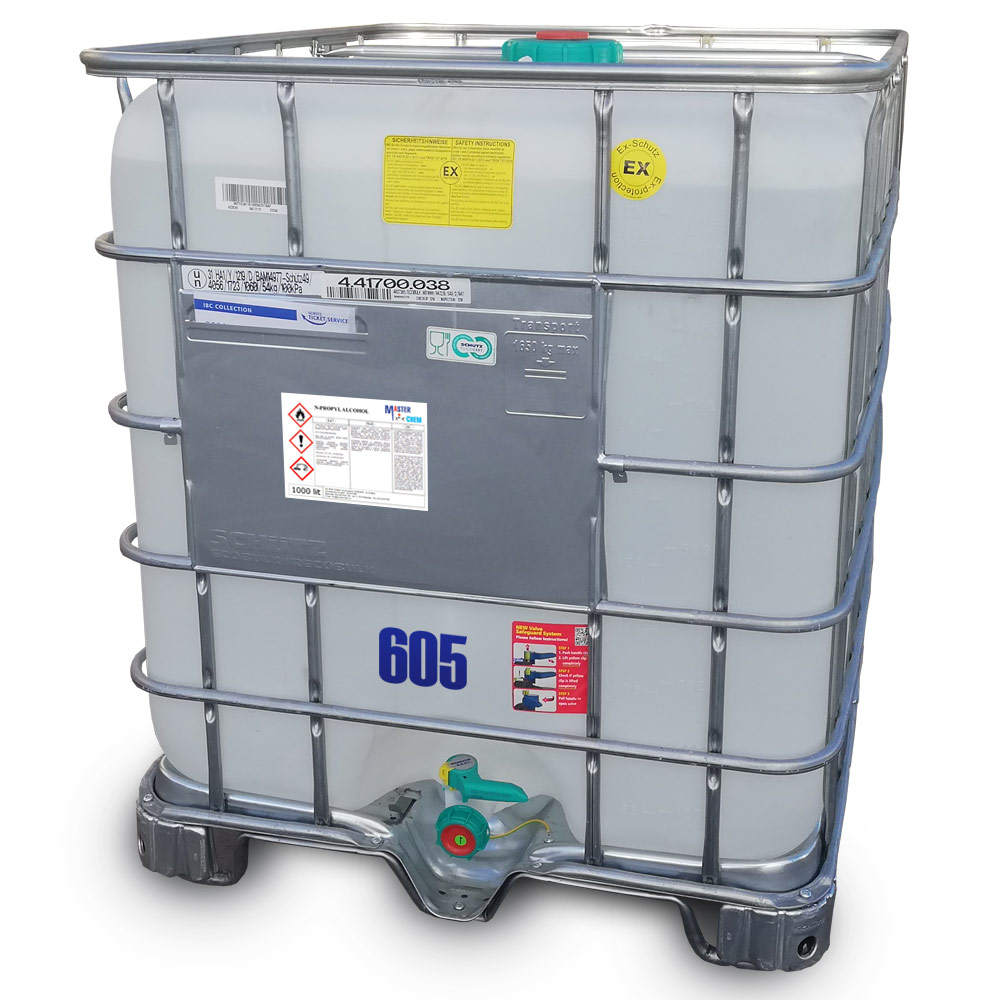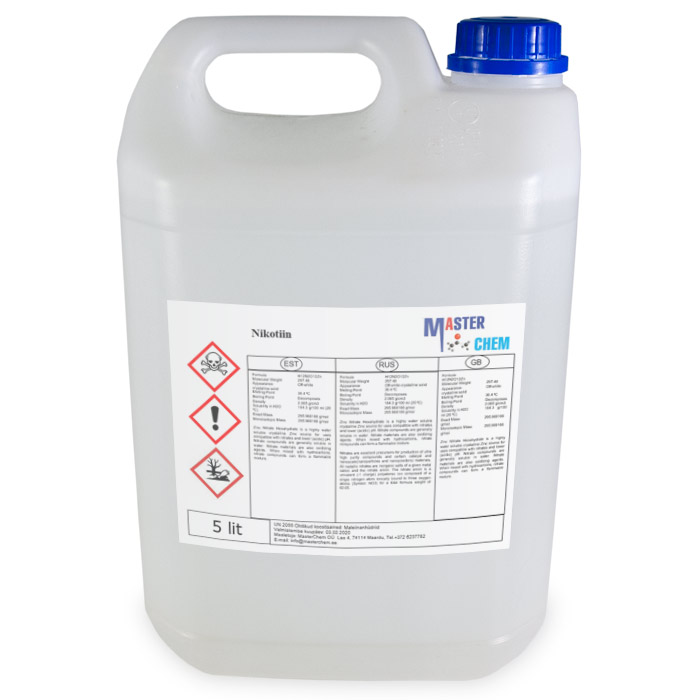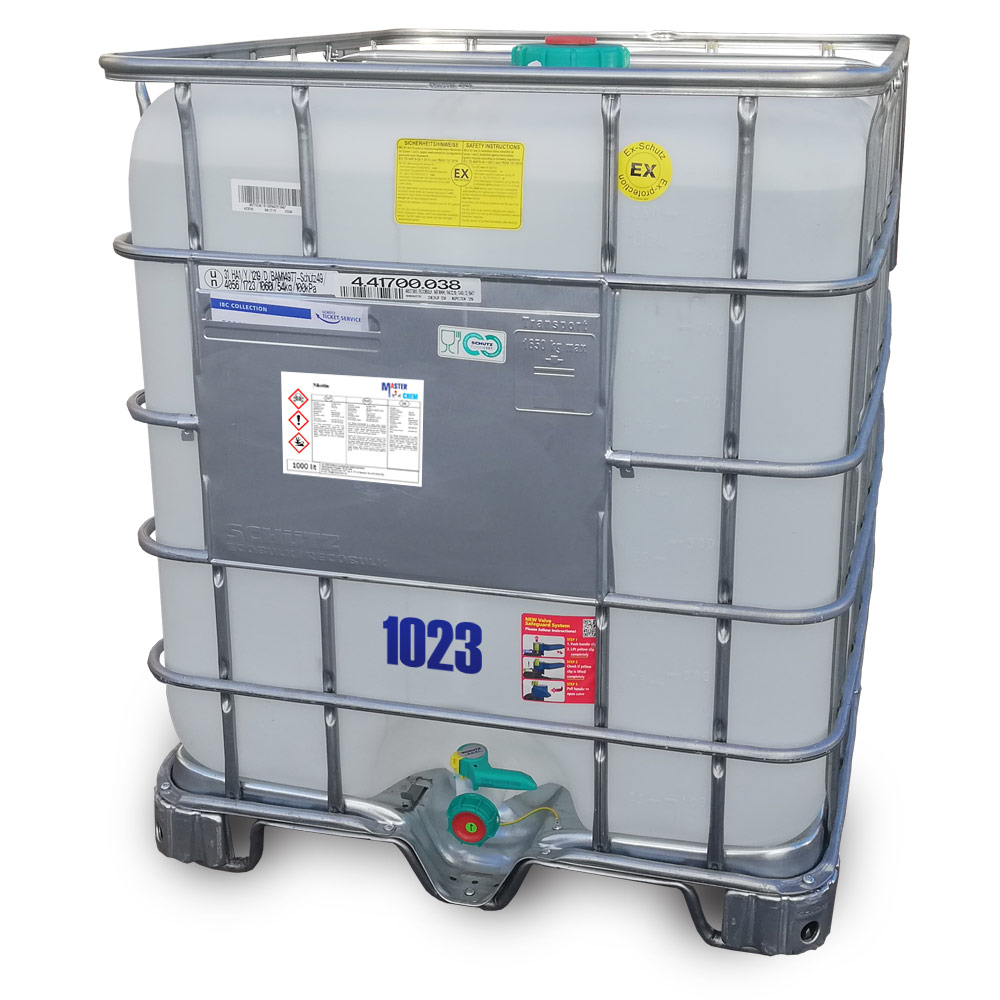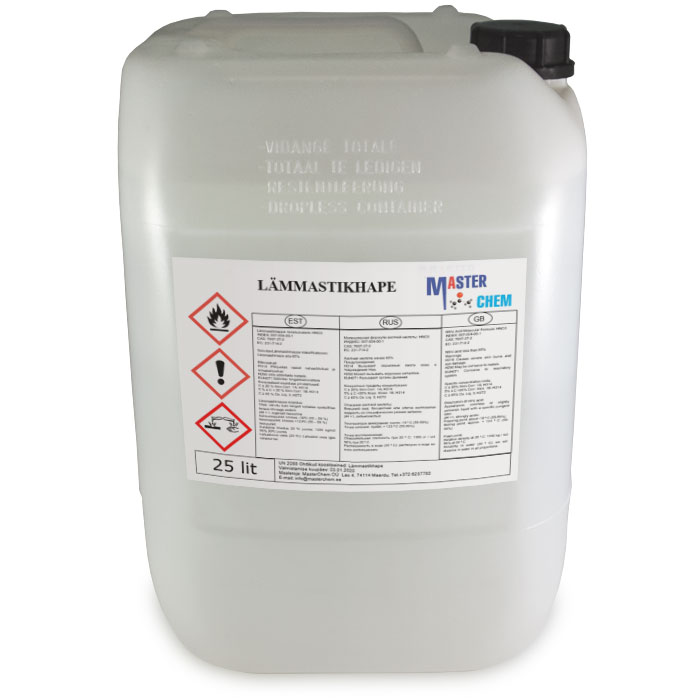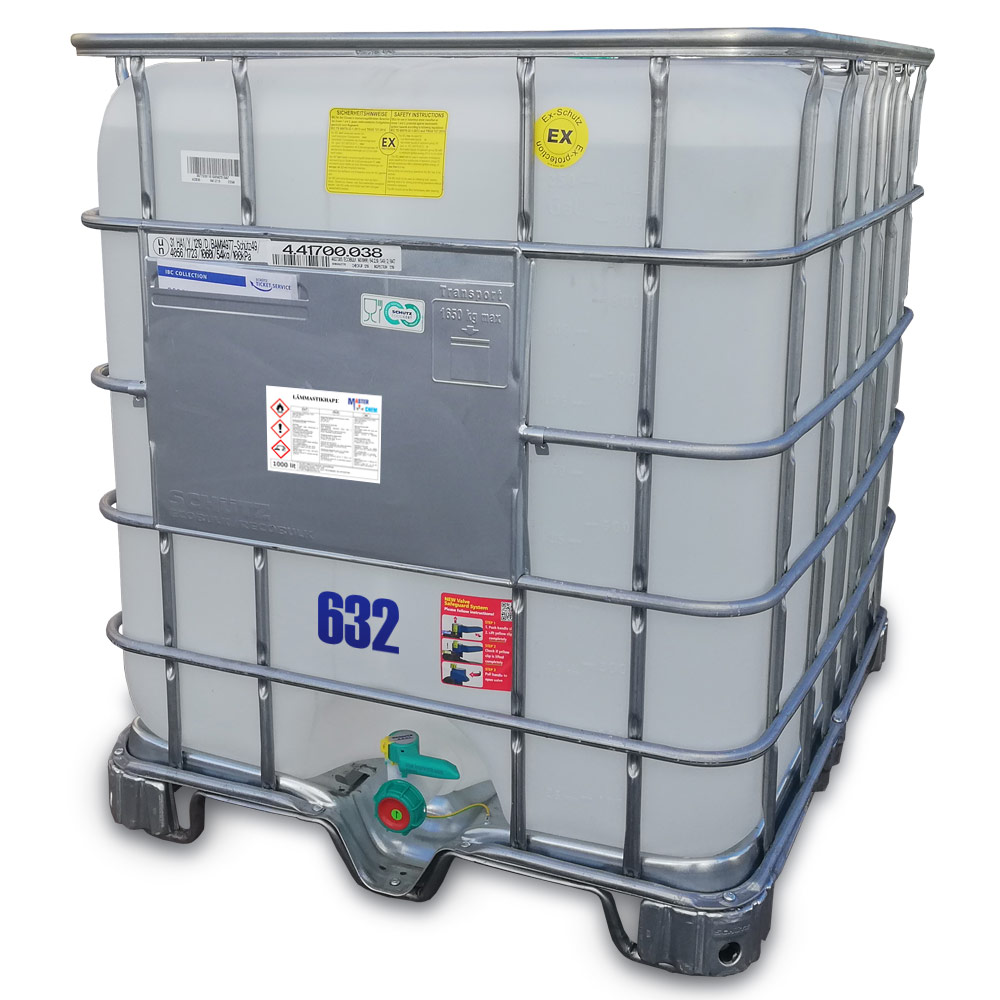Currently Empty: €0.00
Methoxypropanol (CAS 107-98-2)
Propylene glycol methyl ether (PGME or 1-methoxy-2-propanol) is an organic solvent with a wide variety of industrial and commercial uses. Similar to other glycol ethers, it is used as a carrier/solvent in printing/writing inks and paints/coatings. It also finds use as an industrial and commercial paint stripper. It is used as an antifreeze in diesel engines.
CAS: 107-98-2
N-propyl alcohol (CAS 71-23-8)
Other names: 1-Propanol, n-Propanol, n-PrOH, Ethylcarbinol, 1-Hydroxypropane, Propionic alcohol, Propionyl alcohol, Propionylol, Propyl alcohol, Propylic alcohol, Propylol
1-Propanol is a primary alcohol with the formula CH3CH2CH2OH (sometimes represented as PrOH or n-PrOH). This colorless liquid is also known as propan-1-ol, 1-propyl alcohol, n-propyl alcohol, and n-propanol. It is an isomer of 2-propanol (propan-2-ol, isopropyl alcohol, isopropanol). It is formed naturally in small amounts during many fermentation processes and used as a solvent in the pharmaceutical industry mainly for resins and cellulose esters.
CAS: 71-23-8
Nicotine (CAS 54-11-5)
Nicotine (CAS 54-11-5)
Nicotine is the substance in tobacco, nicotine content of tobacco because there are different species and origin, alkali content of tobacco each part is different. Cigarette factory scraps (tobacco powder) containing about 1% to 2% of the nicotine, tobacco stems and ribs smoke nicotine containing about 1% or so, people smoked cigarette contains nicotine amounted to about 3%. Pure nicotine is a colorless, oily liquid, miscible with water below 60 ℃, hydrate, more than 210 ℃ also miscible with water. Unstable nature, likely to be volatile, soluble in water and organic solvents. Nicotine is an alkaloid, so all properties of a base, to a compound made of salts and acids. In case of light and air turn brown and sticky, there is the odd smell and strong irritant.
Hazard Statement(s)
H300 + H310 + H330: Fatal if swallowed, in contact with skin or if inhaled.
H315: Causes skin irritation.
H318: Causes serious eye damage.
H411: Toxic to aquatic life with long lasting effects.
Precautionary Statement(s)
P262: Do not get in eyes, on skin, or on clothing.
P273: Avoid release to the environment.
P280: Wear protective gloves/ protective clothing/ eye protection/ face protection/ hearing protection.
P302 + P352 + P310: IF ON SKIN: Wash with plenty of water. Immediately call a POISON CENTER/doctor.
P304 + P340 + P310: IF INHALED: Remove person to fresh air and keep comfortable for breathing. Immediately call a POISON CENTER/doctor.
P305 + P351 + P338: IF IN EYES: Rinse cautiously with water for several minutes. Remove contact lenses, if present and easy to do. Continue rinsing.


